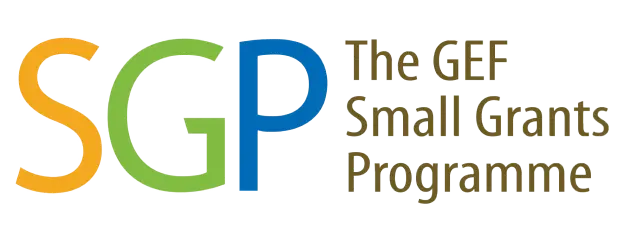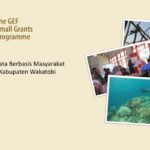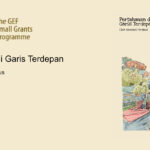Objective 1
Maintaining and increasing areas of protected forest cover, customary forests, mangrove forests and strategic marine areas, and improving sustainable resource utilization practices.

Photo 1. Monitoring of fishermen's catches for two commercial species (Octopus and Sea Cucumber). Monitoring activities were carried out by Fishermen's coordinators to determine differences in the number of fishermen's catches from the past and present.
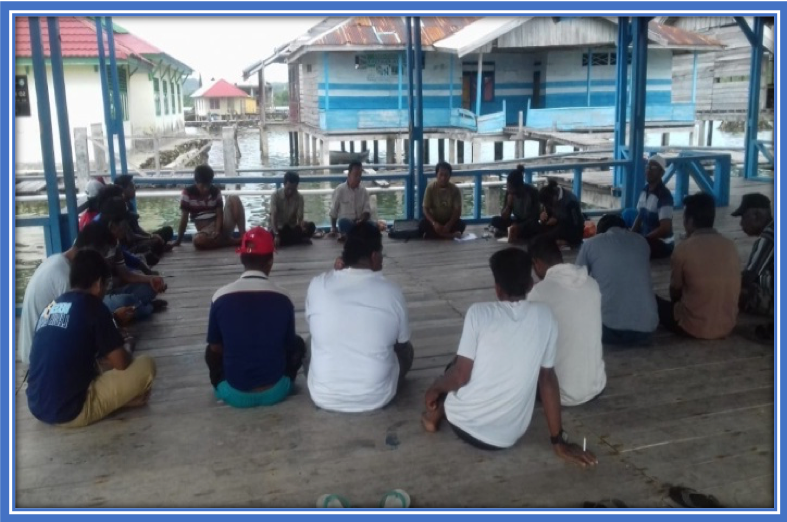
Photo 3. Village meeting to agree on fish protection areas. This activity determines the delegates who will represent Horuo Village at a joint deliberation meeting between Mantigola and Horuo Villages regarding location determination, concepts and regulations for fish protection areas, location mapping and installation of signs (Marka) in fish protection areas in Kaledupa Reef.
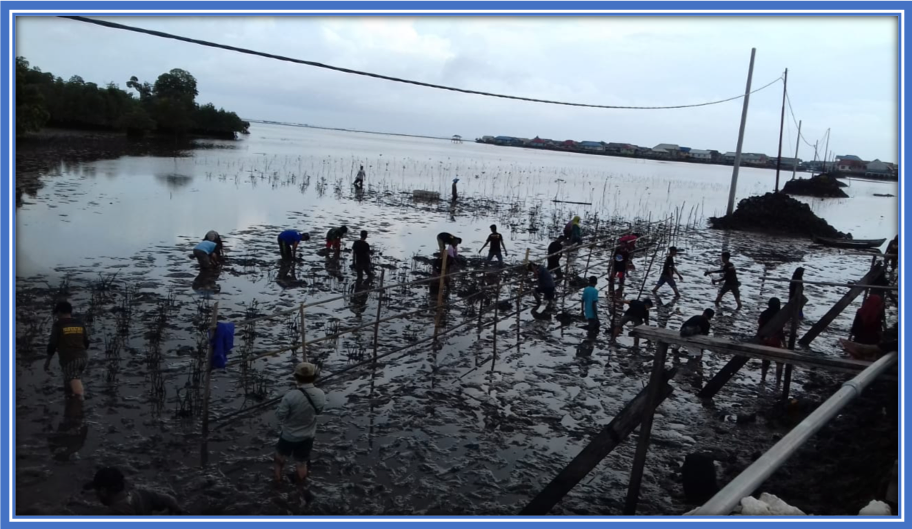
Photo 2. The planting of 5,500 mangrove trees has been successfully planted. The activity is a National Parks Center program and the involvement of the Yanmar group is to support the National Parks Hall program in terms of socializing and inviting the community to get involved in planting.

Photo 4. Practice of making firewood-saving stoves in Horuo village with the aim of reducing pressure on mangroves due to firewood extraction.
Objective 2
Increasing community resilience through better and more sustainable fishing activities.
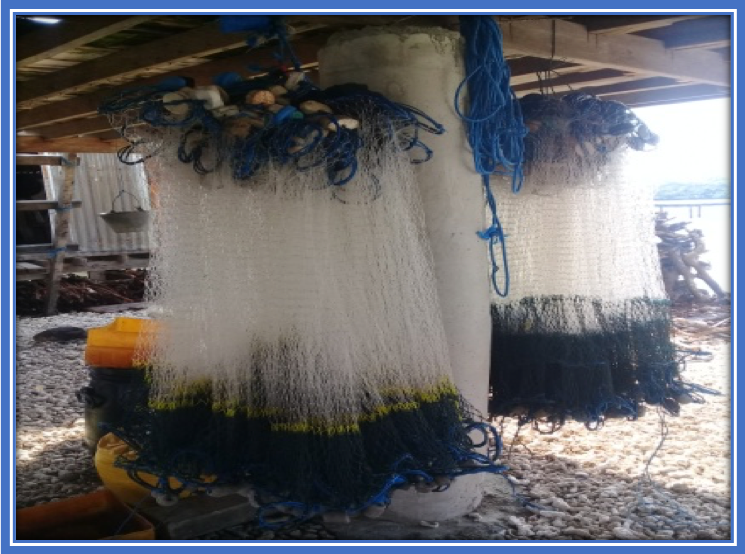
Photo 5. Identification and Documentation of Fishing Equipment, Fishing Methods and Catch Locations. Nets are one of the environmentally friendly fishing tools used by fishermen in Horuo Village.
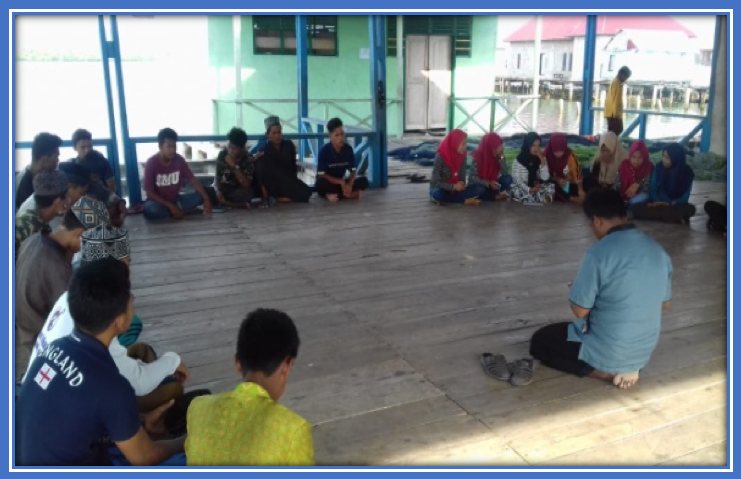
Photo 6. Discussion with the Horuo Village Youth group about types of fishing gear and environmentally friendly fishing methods. This activity was carried out to provide knowledge, understanding and transfer of knowledge to Horuo's younger generation about types of fishing gear and how to use environmentally friendly fishing gear.
Objective 3
Increasing knowledge and breakthroughs in the fisheries sector to support increasing community food security through collaboration with various parties who have related competencies, and revitalizing local knowledge about natural resource management.

Photo 7. Environmentally Friendly Fishing Practices for Horuo Village Youth Group. This activity was carried out to reintroduce environmentally friendly fishing gear in the Horuo sea village youth group so that the Horuo community does not carry out destructive fishing practices, for example by using bombs or trawls.
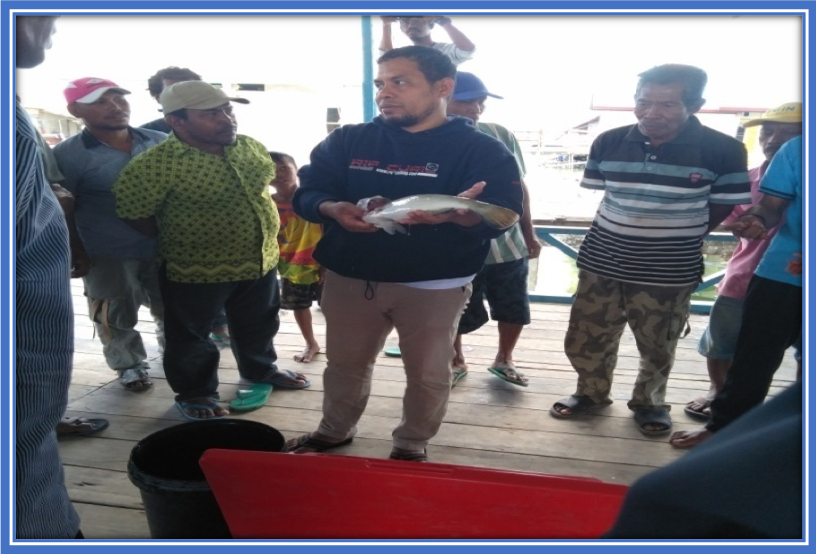
Photo 8. Training of fishermen groups regarding post-catch fisheries handlers. This activity aims to increase knowledge and increase the capacity of fishermen groups in handling fish catches so that from an economic perspective the selling price is relatively high.
Objective 4
Strengthening the role of local institutions for participatory decision making that favors environmental sustainability and community welfare.
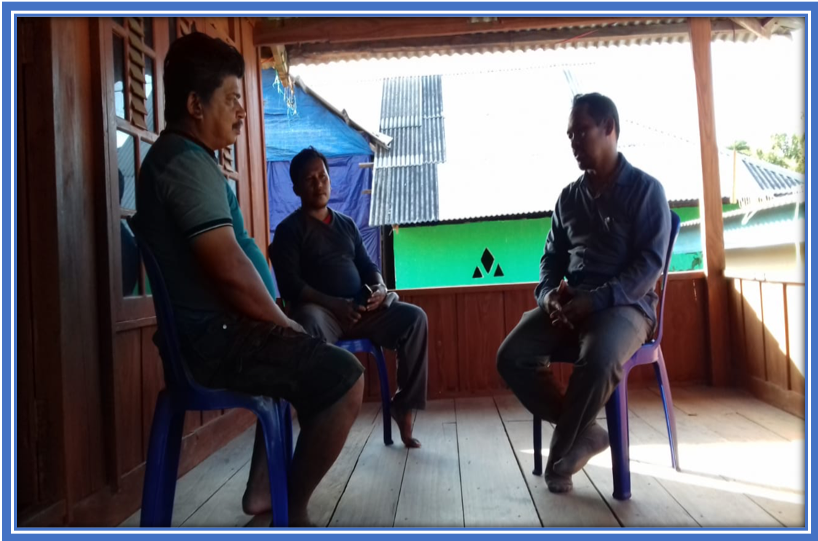
Photo 9. Coordination with the Head of Horuo Village to encourage efforts to preserve the environment and community welfare as stated in the village development planning document.
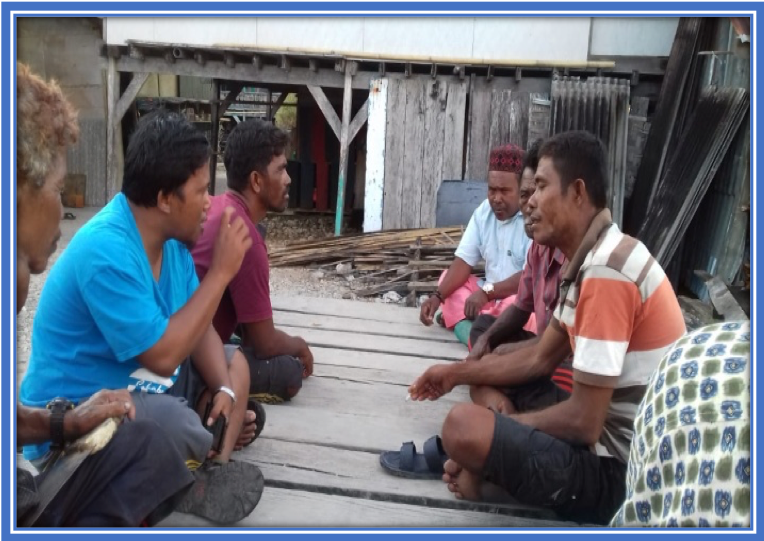
Photo 10. Regular discussions between local institutions and key local stakeholders every month regarding efforts to preserve the environment and community welfare.
PROGRAM OUTCOMES
- The determination jointly by Mantigola and Horuo fishermen and other stakeholders for a fishing location protection area in Kaledupa Reef with an area of 2,162 ha, has been mapped, socialized along with the protection model and concept contained in a joint memorandum of agreement.
- Implementation of mangrove tree planting, 5,500 trees have been successfully planted.
- Identified 4 types of fishing gear and how to use them commonly used by fishermen in Horuo Laut village.
- Implementation of monitoring activities for fishermen's catches for two commercial species (Octopus and Sea Cucumber).
- This was determined jointly by the Yanmar group, fishermen, the National Park Service and other stakeholders to identify fish spawning places in the Horuo village area with an area of 1 ha equivalent and has been socialized along with the model and concept of protection.
- Regular weekly discussions were held with 30 teenagers from Horuo village consisting of 15 women and 15 men about types of fishing gear and environmentally friendly fishing methods.
- The realization of 2 Yanmar group program activities in determining the Horuo Village RKP for 2020, namely firewood-saving stoves and procurement of coolboxes.
- Training on making wood-saving stoves was carried out with a total of 30 stoves produced and they are still in use today.
- Identified 5 local institutions and 20 key community-based stakeholders who have the potential to manage the marine natural resources of Horuo village.
- Regular discussions between local institutions and key local stakeholders are held every month regarding efforts to preserve the environment and community welfare. This activity is held over 8 meetings every Wednesday and Saturday, consisting of 9 men and 2 women.
PROGRAM IMPACT
Positive impact
- The community feels appreciated in meetings and training activities in Yanmar group programs.
- There is continuity of natural resource conservation activities contained in the Horuo village planning document (RPJM Desa).
- Increasing knowledge of the capacity of fishermen groups regarding the management of fishermen's catches
- The forest in Horuo village is becoming more sustainable.
- There is a change in community behavior to carry out sustainable fishing practices.
- The people of Mantigola and Horuo villages participated voluntarily in monitoring the catchment area protection area.
- There is support from BTNW, Sara Barata, UPTD Maritime Affairs and Fisheries of Wakatobi Regency as well as the District and Village Governments.
- Educational institutions are interested in using learning modules on the use of environmentally friendly fishing gear.
- By having firewood-saving stoves used by the community, it can reduce the pressure on mangrove wood harvesting.
- There is support from the village government regarding training in processing mangrove fruit into product ingredients.
- Discussions with local institutions and the community gave birth to the concept of mangrove forest management using a selective planting and logging system.
- Increasing knowledge of the capacity of fishermen groups regarding the management of fishermen's catches.
Negative impact
- When carrying out deliberation and discussion activities, people often ask about pocket money.
- The community thinks that Marine Protected Areas (DPL) are considered like Zoning by the community which can prohibit fishermen from carrying out activities and are thought to limit the movement of fishermen.
- The program implementers were accused of being BTNW spies who would report fishermen at any time.
- Program activities are often treated as prohibiting people's livelihoods.
BEST EXPERIENCE
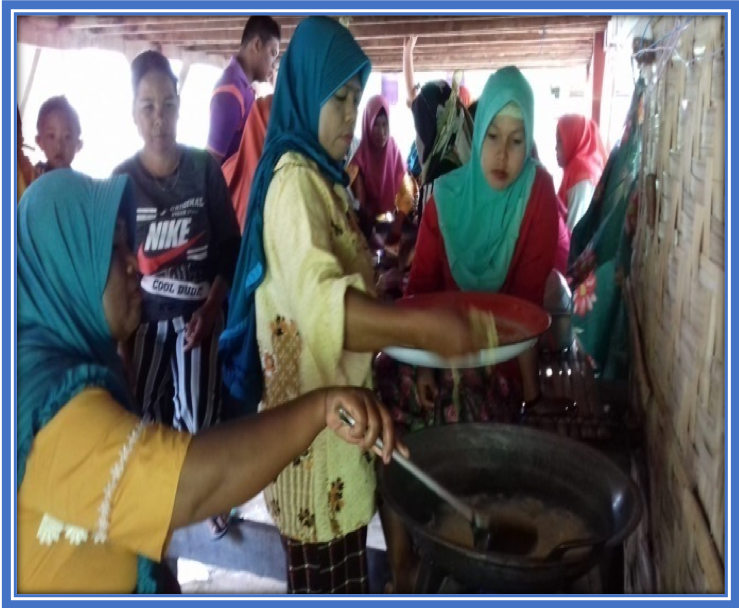
Photo 11. Training on processing mangrove fruit into food, this activity aims to increase the understanding and knowledge of women's groups in processing selo type mangrove fruit which is processed in the form of crackers, so as to increase income from processing mangrove food products in Horuo Laut village.
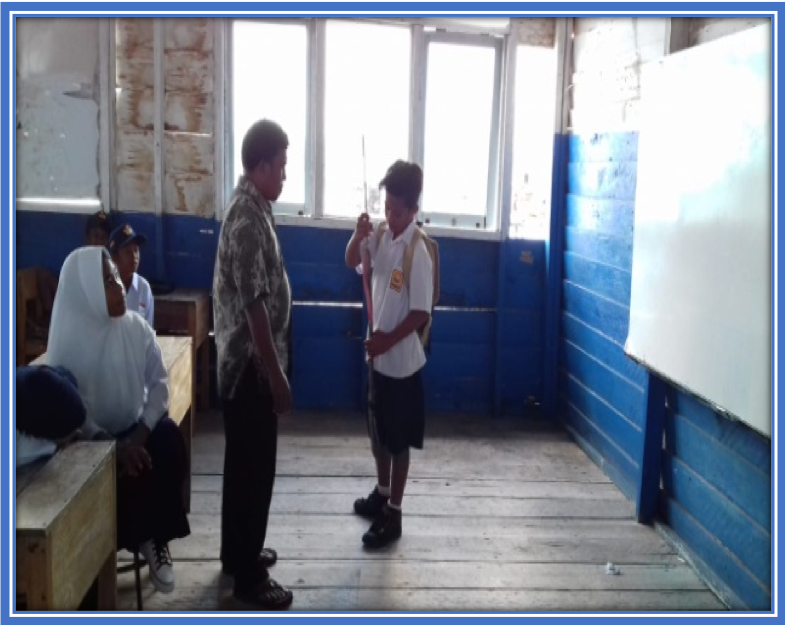
Photo 12. Transfer of knowledge about environmentally friendly fishing to junior high school students or equivalent in Mantigola village through school extracurricular activities in the form of environmentally friendly fishing practices.
PROGRAM SUSTAINABILITY
- The fish catch area protection location with Mantigola and Horuo fishermen is being encouraged to become a PKS, through the cooperation of Fishermen, Sara Barata, the sub-district government and BTNW.
- It is made into a learning module for the use of environmentally friendly fishing gear as part of local content subjects.
- Apart from fishermen who participate in institutionally monitoring and protecting catch locations, they will be assisted by the Mantigola and Horuo Fishermen's Forum (a work program for the protection and supervision of natural resources) and BTNW.
- Mangrove planting location with the Horuo and Mantigola communities in collaboration with BTNW, the Mantigola fishermen partnership forum is used as joint supervision.
- The independent fishermen group program is included in village planning (RKPDes 2020), namely the creation of firewood-saving stoves and the provision of coolboxes.
- The location of fish spawning areas is jointly monitored by Mantigola and Horuo fishermen, KUN, BTNW and the Mantigola fishermen partnership forum.
